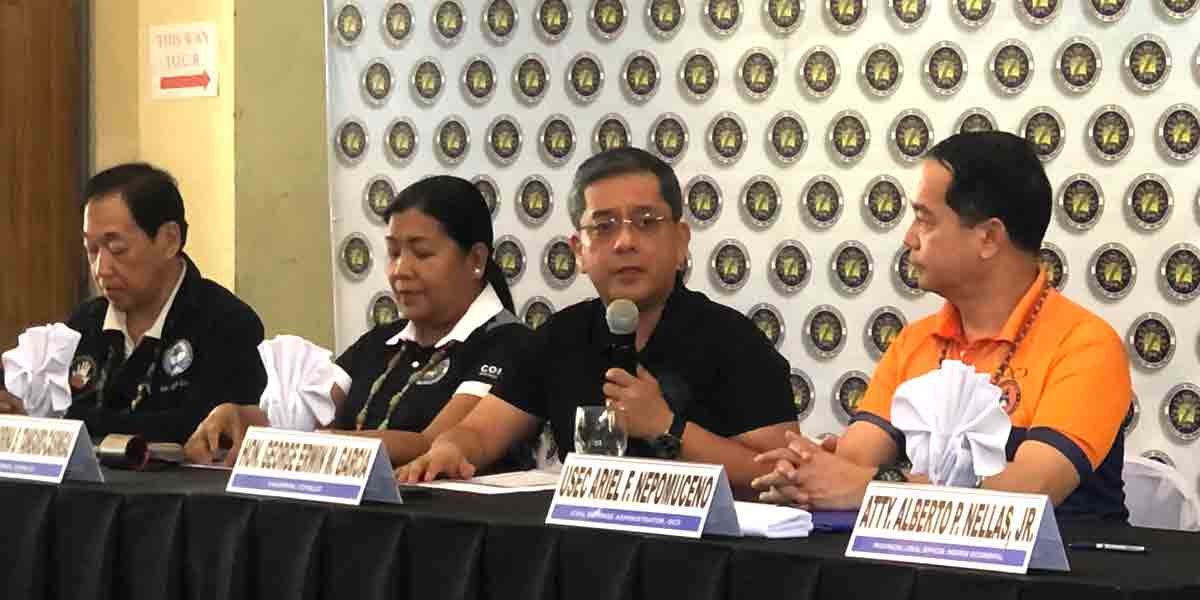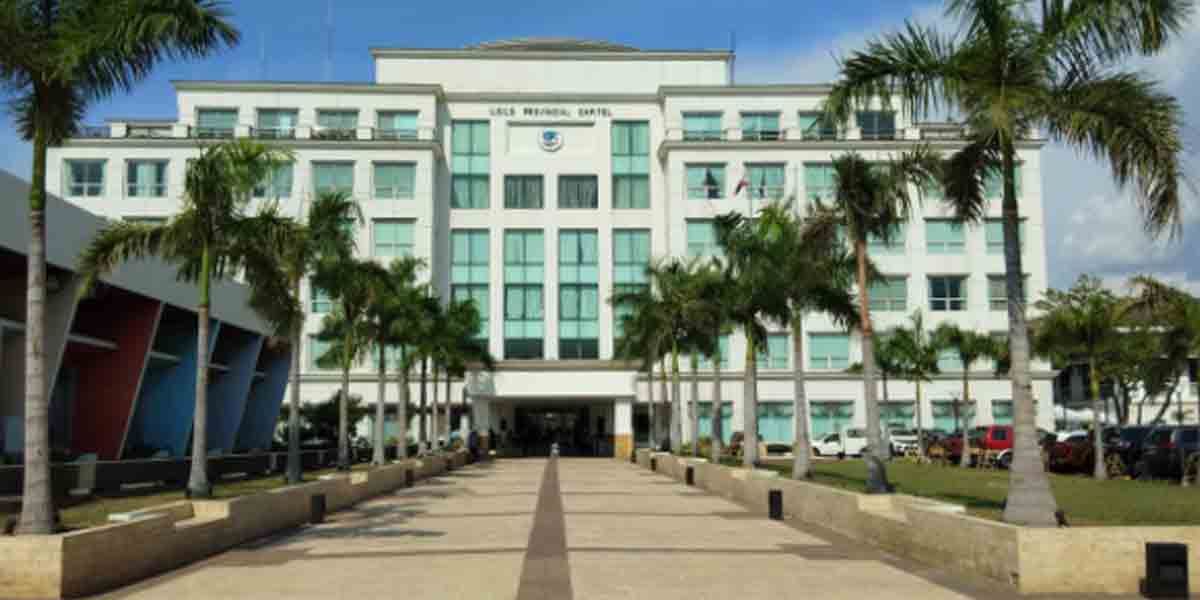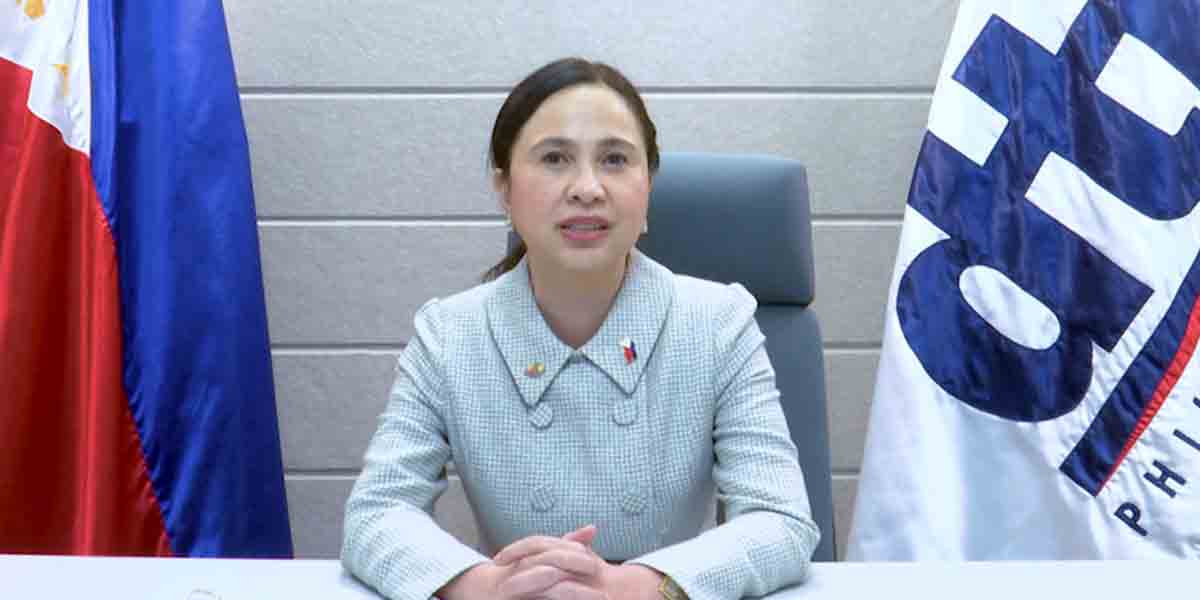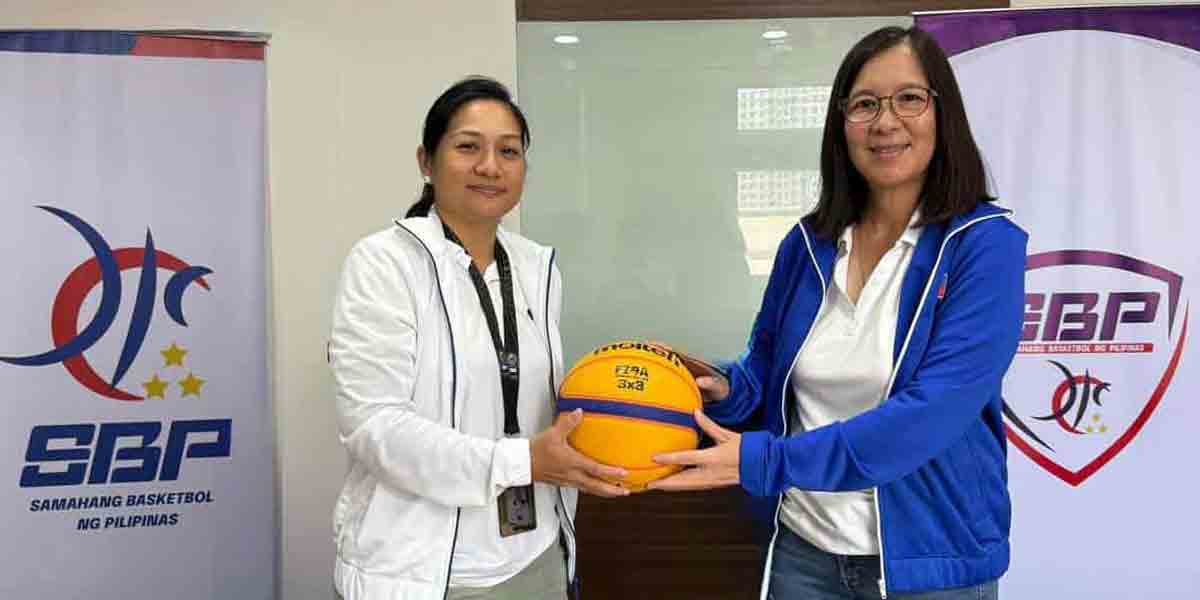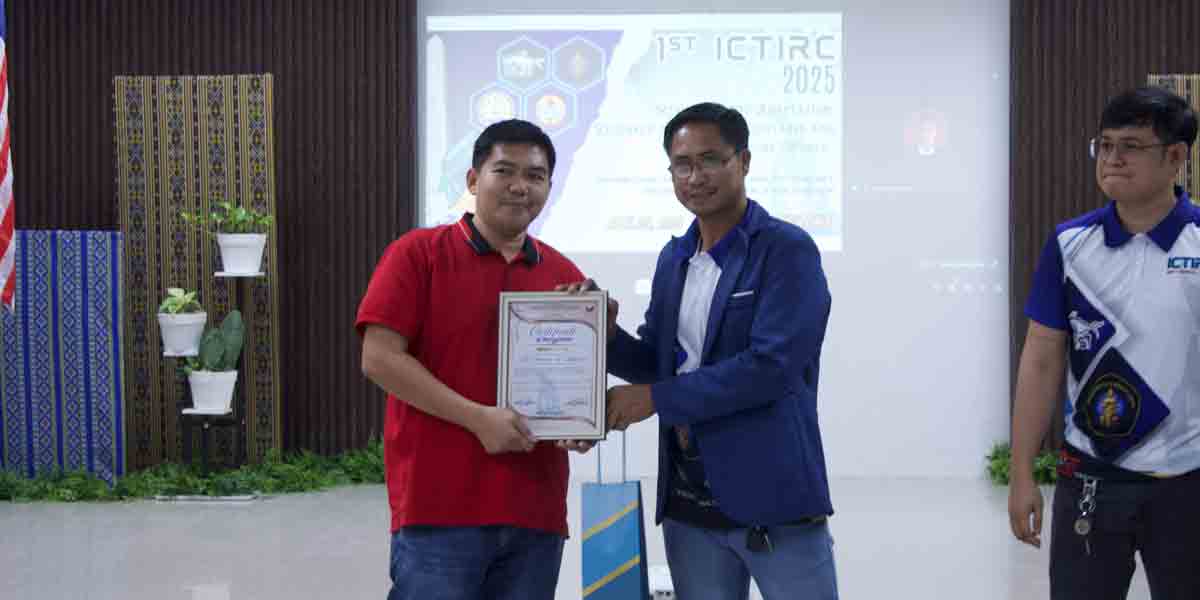Economists, lawmakers and officials of the Department of Agriculture (DA) and Board of Investments ((BOI) on Wednesday expressed support for the liberalization of foreign investments in the rice and corn industry to boost food production, increase farmers income, and foster greater competition to benefit consumers.
At a roundtable discussion at the House of Representatives on bills seeking to increase investments in the rice and corn sector, Mari Charina Ubarra, a technical consultant at the Foundation for Economic Freedom (FEF) said a study conducted by FEF showed that while Presidential Decree 194 opened the door to foreign investments in the rice and corn sector, it restricted the investment to a period of 30 years.
Ubarra said this provision on divestment by foreign investors after a 30-year period is a “unique requirement” only found in the Philippines, which hobbles further investments in the sector.
Christopher Ilagan, chairman of the agribusiness committee of the American Chamber of Commerce in the Philippines, said the restriction isn’t immediately noticeable to investors and they only learn about it after they have invested in the country.
“This is a thorn on the side of foreign investors… This 30-year divestment rule may not be an issue in the first few years but as you get closer to the [end] period, you rethink your investment,” said Ilagan. “We have a member in Amcham that is covered by the divestment provision,” he added.
Ilagan pointed out the power of the National Food Authority (NFA) to oversee this divestment provision has been removed by the Rice Tariffication Law, which adds to the confusion as ro where foreign investors will turn to for approval of their divestment plans.
FEF’s Ubarra said if full opening of the rice and corn sector won’t be allowed, an alternative proposal to attract investments and modernize the sector it to extend the divestment period to 50 years.
Ubarra estimates the agriculture sector will need at least P1.3 trillion for irrigation, post-harvest facilities and other infrastructure to catch up with its Asian neighbors—a large sum that could be reduced by attracting foreign investments.
Agriculture assistant secretary U-Nichols Manalo, director of the National Rice Program, said the DA welcomes efforts to attract investments in agriculture to address years of “under-investment in the sector.”
NFA administrator Roderico Bioco told the roundtable session that NFA alone will need P93 billion to build dryers, rice mills and other infrastructure needed to build up capacity to meet the country’s rice buffer requirement. The same amount may have to shouldered by the private sector to ensure the country’s food security, he said.
BOI director Raquel Echague said government is promoting high-tech agriculture as a possible area of investment for foreign direct investors.
She said extending the divestment period to 50 years from 30 years for the rice and corn sector, should help draw more attention to the Philippines, especially in the feed milling industry that will allow the country “to catch up with our ASEAN neighbors.”
Foreign investments in the rice and corn sector now stands at P21 billion and employ more than 4,000 workers.
Based on data from the Association of Southeast Asian Nations, member-countries attracted USD174 billion in foreign direct investments 2021, with only USD10.5 billion going to the Philippines—the sixth in a list led by Singapore which attracted USD99.1 billion. Ahead of the Philippines are Indonesia, Malaysia, Thailand, and Vietnam.
Aside from liberalizing foreign investments in certain sectors by changing existing laws, the House of Representatives has engaged the Senate to review the economic provisions of the 1987 Constitution to update its economic provisions to allow more foreign direct investments into the country.
Rep. Rosanna Vergara underscored the need for legislation that will insulate and protect investments from changes in the political landscape, especially after a new president is elected.


